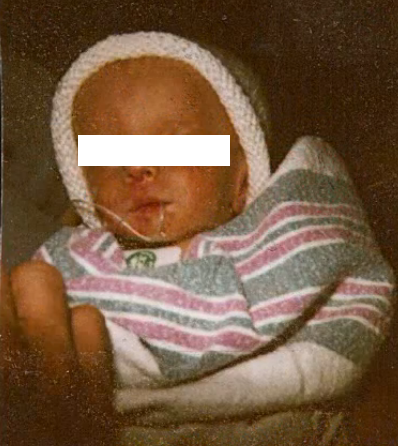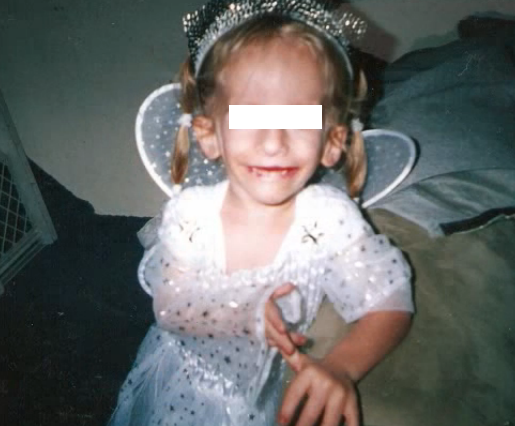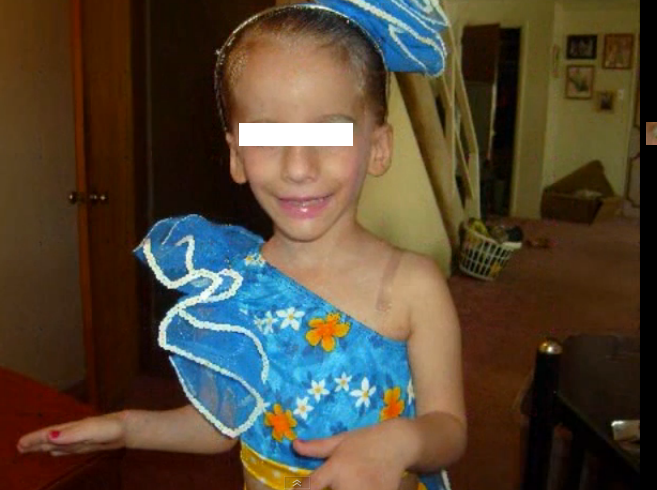Russell Silver syndrome is a condition that is prevalent from birth and which is characterized by impaired growth and development, short stature or height, low birth weight and dissimilarity in the size between the two sides of one’s body. The growth disorder was first noted by Silver and his assistants in 1953 and then by Russell in the following year.
Russell Silver syndrome is one of the two hundred forms of dwarfism and also one of the 5 forms of primordial dwarfism. The condition is very rare and can be found to occur one in every 50, 000 to one in very 100, 000 live births. But this estimation of the rate of incidence for Russell Silver syndrome is also a matter of debate. Some have reported that the disorder varies widely and can occur 1 in every 3000 live births, to 1 in 100, 000 live births.
There are just a few hundred cases of Russell Silver syndrome that have been reported until now, but there is very much a possibility that a vast number of cases have not been diagnosed.
Russell Silver syndrome is one of the forms of dwarfism that can be treated. The use of growth hormones and other medications, physical therapy and regulation of the diet and calorie consumption form the basic line of treatment for this disorder.
Symptoms of Russell Silver syndrome
The symptoms of Russell Silver syndrome are more prominent in affected children and tend to fade away as they grow up.
Some of the features and signs of Russell Silver syndrome are discussed below:
-
Facial characteristics
- The circumference of the head is normal, but the face is distinctly small and triangular. However, due to the stunted height of the affected child, the head appears to be abnormally large
- The forehead is high and tapers into a tiny jaw
- The whites of the eyes or sclera, may have blue shades
- The bridge of the nose is pronounced and mouth corners are downward-facing
-
The overall growth:
- The birth weight of the affected child is lower than normal
- Presence of as asymmetrical model of growth
- The postnatal growth is also poor as compared to normal standards
- Despite general retardation of growth, the occipital-frontal circumference is normal
- Developmental irregularities
- A large head in comparison to the trunk and neck may result in the infant affected by Russell Silver syndrome having weakened head control.
- Poor muscle function and/or mass may cause motor impairment
- Around 50 percent of the affected individuals may experience learning disabilities that include difficulties with language and mathematics
-
Gastrointestinal effects:
- The affected infant may experience many feeding problems that include aversion to food, gastro-esophageal reflux, failure to flourish and esophagitis
- Increased risk to extremely low blood sugar levels during fasting, during childhood or infancy
-
Skeletal abnormalities:
- The little finger may curve in
- The fontanelle may elicit delayed closure
- Asymmetry of the limbs
- Each side of the body may differ in size as compared to the other
- The toes may be fused together
- The fingers may experience fixed flexion
- The neck may be very short and may be webbed to the trunk
- Other characteristics:
- Increased risk to emotional, social and self esteem problems due to abnormal appearance
- Irregularities of the heart
- Speaking and communication problems if the jaw is very tiny
- Excessive sweating of the upper body and head
- Increased risk to developing certain types of tumors
- Abnormalities of the urinary and genital systems
Causes of Russell Silver syndrome
The causes of Russell Silver syndrome are not clear. The disorder occurs at random. Research has linked genetic anomalies and mutations as one of the few causes, but they cannot be clearly identified. Girls and boys are equally affected by the condition.
- A few studies have indicated the autosomal dominant transmission of the condition in some families, which include balanced translocation of 17q2, ring 2 chromosome, and replication of parts of 7p. Around ten percent of the patients affected by Russell Silver syndrome elicit chromosome 7 uniparental disomy defect, which is generally maternal.
- Some studies have linked growth anomalies to chromosome 11 defects
- There are x-linked varieties of Russell Silver syndrome
- Placental mosaicism and genomic imprinting also play an important part in the many manifestations of the disorder
- An increased age of pregnancy of over 35 years increases the risk of the child to developing Russell Silver syndrome
Treatment of Russell Silver syndrome
- Growth hormone therapy is generally recommended as one of the treatment methods for Russell Silver syndrome. These hormones are normally administered via injection on a daily basis. The therapy commences when the affected child is around two years old and continues through to the teen years. Growth hormone therapy has been known to improve the rate of development, which has eventually resulted in a resolution for social, emotional and self-esteem problems that affect the patients.
- The calorie consumption of the patients has to be regulated, so that they are able to get maximum benefits and growth from the additional nutrition
- Asymmetry of the limbs and other body parts may be treated via physiotherapy and/or surgery if needed.
Russell Silver Syndrome Pictures





